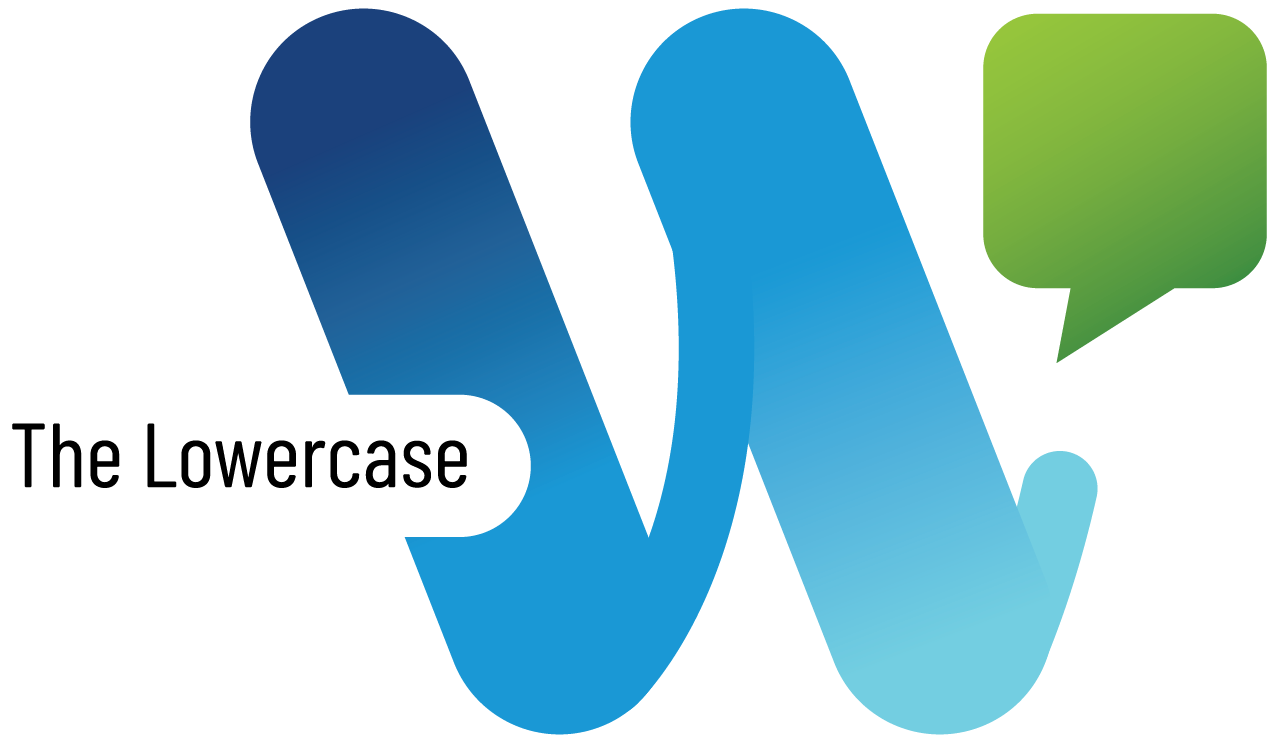PowerShell Script To Get vMotion Events
Ben Liebowitz
- 0
- 3973
Recently, I had the need to get a list of vMotion events to pass to management. I attempted to use the Get-VIEvent cmdlet for this, but found it wasn’t easy to only pull logs from one specific cluster. I attempted to use the -Entity option and direct it to the cluster I wanted, but that didn’t work well. So I decided to do some searching.
First thing I came across was the Get-vMotion Module/script in the PowerShell Gallery. This looked perfect for what I wanted, however it turns out it didn’t work well for me as my vCenter is running version 6.0 U2, and not 6.5 or higher. When I ran get-vMotion, it returned no information. I tried a few things to try and get it to work, but alas, I had to move on.
Next, I stumbled upon Luc Dekens blog, and one of his posts from 2013. He had wrote some functions that did exactly what I wanted. Here’s the code for the functions he wrote.
function Get-VIEventPlus {
<# .SYNOPSIS Returns vSphere events .DESCRIPTION The function will return vSphere events. With the available parameters, the execution time can be improved, compered to the original Get-VIEvent cmdlet. .NOTES Author: Luc Dekens .PARAMETER Entity When specified the function returns events for the specific vSphere entity. By default events for all vSphere entities are returned. .PARAMETER EventType This parameter limits the returned events to those specified on this parameter. .PARAMETER Start The start date of the events to retrieve .PARAMETER Finish The end date of the events to retrieve. .PARAMETER Recurse A switch indicating if the events for the children of the Entity will also be returned .PARAMETER User The list of usernames for which events will be returned .PARAMETER System A switch that allows the selection of all system events. .PARAMETER ScheduledTask The name of a scheduled task for which the events will be returned .PARAMETER FullMessage A switch indicating if the full message shall be compiled. This switch can improve the execution speed if the full message is not needed. .EXAMPLE PS> Get-VIEventPlus -Entity $vm
.EXAMPLE
PS> Get-VIEventPlus -Entity $cluster -Recurse:$true
#>
param(
[VMware.VimAutomation.ViCore.Impl.V1.Inventory.InventoryItemImpl[]]$Entity,
[string[]]$EventType,
[DateTime]$Start,
[DateTime]$Finish = (Get-Date),
[switch]$Recurse,
[string[]]$User,
[Switch]$System,
[string]$ScheduledTask,
[switch]$FullMessage = $false
)
process {
$eventnumber = 100
$events = @()
$eventMgr = Get-View EventManager
$eventFilter = New-Object VMware.Vim.EventFilterSpec
$eventFilter.disableFullMessage = ! $FullMessage
$eventFilter.entity = New-Object VMware.Vim.EventFilterSpecByEntity
$eventFilter.entity.recursion = &{if($Recurse){"all"}else{"self"}}
$eventFilter.eventTypeId = $EventType
if($Start -or $Finish){
$eventFilter.time = New-Object VMware.Vim.EventFilterSpecByTime
if($Start){
$eventFilter.time.beginTime = $Start
}
if($Finish){
$eventFilter.time.endTime = $Finish
}
}
if($User -or $System){
$eventFilter.UserName = New-Object VMware.Vim.EventFilterSpecByUsername
if($User){
$eventFilter.UserName.userList = $User
}
if($System){
$eventFilter.UserName.systemUser = $System
}
}
if($ScheduledTask){
$si = Get-View ServiceInstance
$schTskMgr = Get-View $si.Content.ScheduledTaskManager
$eventFilter.ScheduledTask = Get-View $schTskMgr.ScheduledTask |
where {$_.Info.Name -match $ScheduledTask} |
Select -First 1 |
Select -ExpandProperty MoRef
}
if(!$Entity){
$Entity = @(Get-Folder -Name Datacenters)
}
$entity | %{
$eventFilter.entity.entity = $_.ExtensionData.MoRef
$eventCollector = Get-View ($eventMgr.CreateCollectorForEvents($eventFilter))
$eventsBuffer = $eventCollector.ReadNextEvents($eventnumber)
while($eventsBuffer){
$events += $eventsBuffer
$eventsBuffer = $eventCollector.ReadNextEvents($eventnumber)
}
$eventCollector.DestroyCollector()
}
$events
}
}
function Get-MotionHistory {
<# .SYNOPSIS Returns the vMotion/svMotion history .DESCRIPTION The function will return information on all the vMotions and svMotions that occurred over a specific interval for a defined number of virtual machines .NOTES Author: Luc Dekens .PARAMETER Entity The vSphere entity. This can be one more virtual machines, or it can be a vSphere container. If the parameter is a container, the function will return the history for all the virtual machines in that container. .PARAMETER Days An integer that indicates over how many days in the past the function should report on. .PARAMETER Hours An integer that indicates over how many hours in the past the function should report on. .PARAMETER Minutes An integer that indicates over how many minutes in the past the function should report on. .PARAMETER Sort An switch that indicates if the results should be returned in chronological order. .EXAMPLE PS> Get-MotionHistory -Entity $vm -Days 1
.EXAMPLE
PS> Get-MotionHistory -Entity $cluster -Sort:$false
.EXAMPLE
PS> Get-Datacenter -Name $dcName |
>> Get-MotionHistory -Days 7 -Sort:$false
#>
param(
[CmdletBinding(DefaultParameterSetName="Days")]
[Parameter(Mandatory=$true,ValueFromPipeline=$true)]
[VMware.VimAutomation.ViCore.Impl.V1.Inventory.InventoryItemImpl[]]$Entity,
[Parameter(ParameterSetName='Days')]
[int]$Days = 1,
[Parameter(ParameterSetName='Hours')]
[int]$Hours,
[Parameter(ParameterSetName='Minutes')]
[int]$Minutes,
[switch]$Recurse = $false,
[switch]$Sort = $true
)
begin{
$history = @()
switch($psCmdlet.ParameterSetName){
'Days' {
$start = (Get-Date).AddDays(- $Days)
}
'Hours' {
$start = (Get-Date).AddHours(- $Hours)
}
'Minutes' {
$start = (Get-Date).AddMinutes(- $Minutes)
}
}
$eventTypes = "DrsVmMigratedEvent","VmMigratedEvent"
}
process{
$history += Get-VIEventPlus -Entity $entity -Start $start -EventType $eventTypes -Recurse:$Recurse |
Select CreatedTime,
@{N="Type";E={
if($_.SourceDatastore.Name -eq $_.Ds.Name){"vMotion"}else{"svMotion"}}},
@{N="UserName";E={if($_.UserName){$_.UserName}else{"System"}}},
@{N="VM";E={$_.VM.Name}},
@{N="SrcVMHost";E={$_.SourceHost.Name.Split('.')[0]}},
@{N="TgtVMHost";E={if($_.Host.Name -ne $_.SourceHost.Name){$_.Host.Name.Split('.')[0]}}},
@{N="SrcDatastore";E={$_.SourceDatastore.Name}},
@{N="TgtDatastore";E={if($_.Ds.Name -ne $_.SourceDatastore.Name){$_.Ds.Name}}}
}
end{
if($Sort){
$history | Sort-Object -Property CreatedTime
}
else{
$history
}
}
}
get-motionhistory -Entity (get-cluster "Cluster 1" | get-vm) -Days 2 | Export-csv -NoTypeInformation -UseCulture E:\VMware\Prod_vMotions.csv
Here’s what the results look like if not exported to CSV.
CreatedTime : 7/18/2018 12:28:58 PM
Type : vMotion
UserName : System
VM : VM1
SrcVMHost : vmhost1
TgtVMHost : vmhost3
SrcDatastore : Datastore1
TgtDatastore :
CreatedTime : 7/18/2018 1:09:11 PM
Type : vMotion
UserName : System
VM : VM3
SrcVMHost : vmhost2
TgtVMHost : vmhost4
SrcDatastore : Datastore3
TgtDatastore :
CreatedTime : 7/18/2018 1:51:54 PM
Type : svMotion
UserName : System
VM : VM2
SrcVMHost : vmhost2
TgtVMHost :
SrcDatastore : Datastore2
TgtDatastore : Datastore3
CreatedTime : 7/18/2018 1:52:56 PM
Type : svMotion
UserName : System
VM : VM5
SrcVMHost : vmhost4
TgtVMHost :
SrcDatastore : Datastore2
TgtDatastore : Datastore4
I hope someone finds this helpful, like I did! 🙂 As always, thanks @Lucd22!
Ben Liebowitz, VCP, vExpert
NJ VMUG Leader

